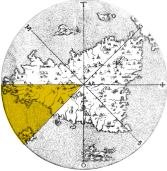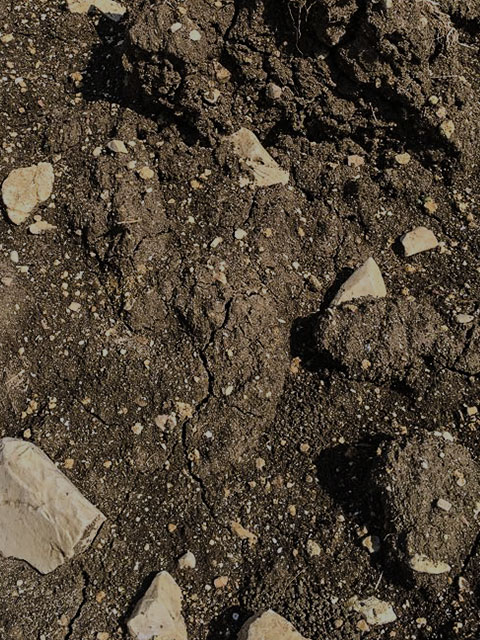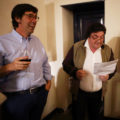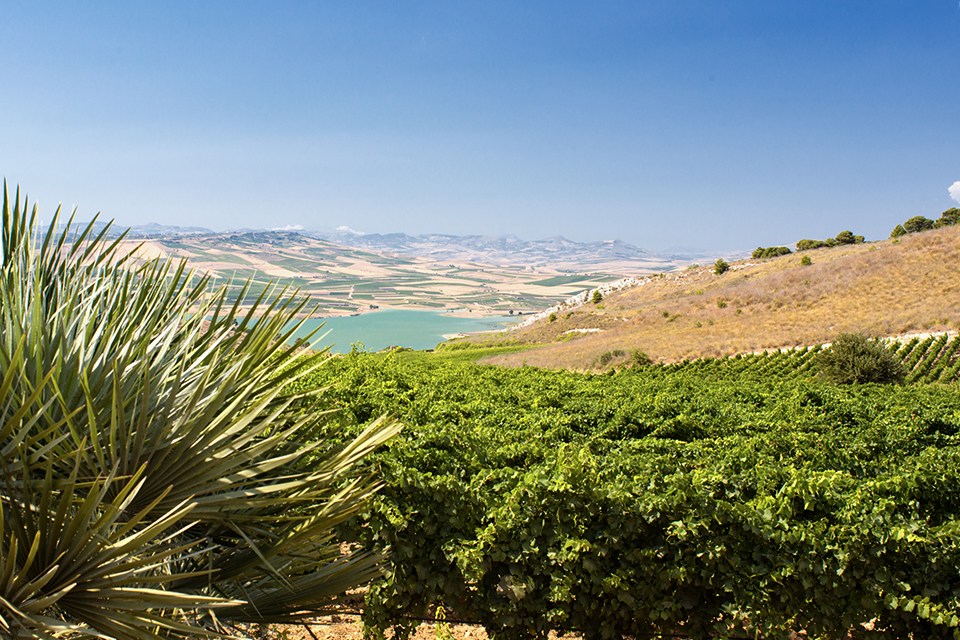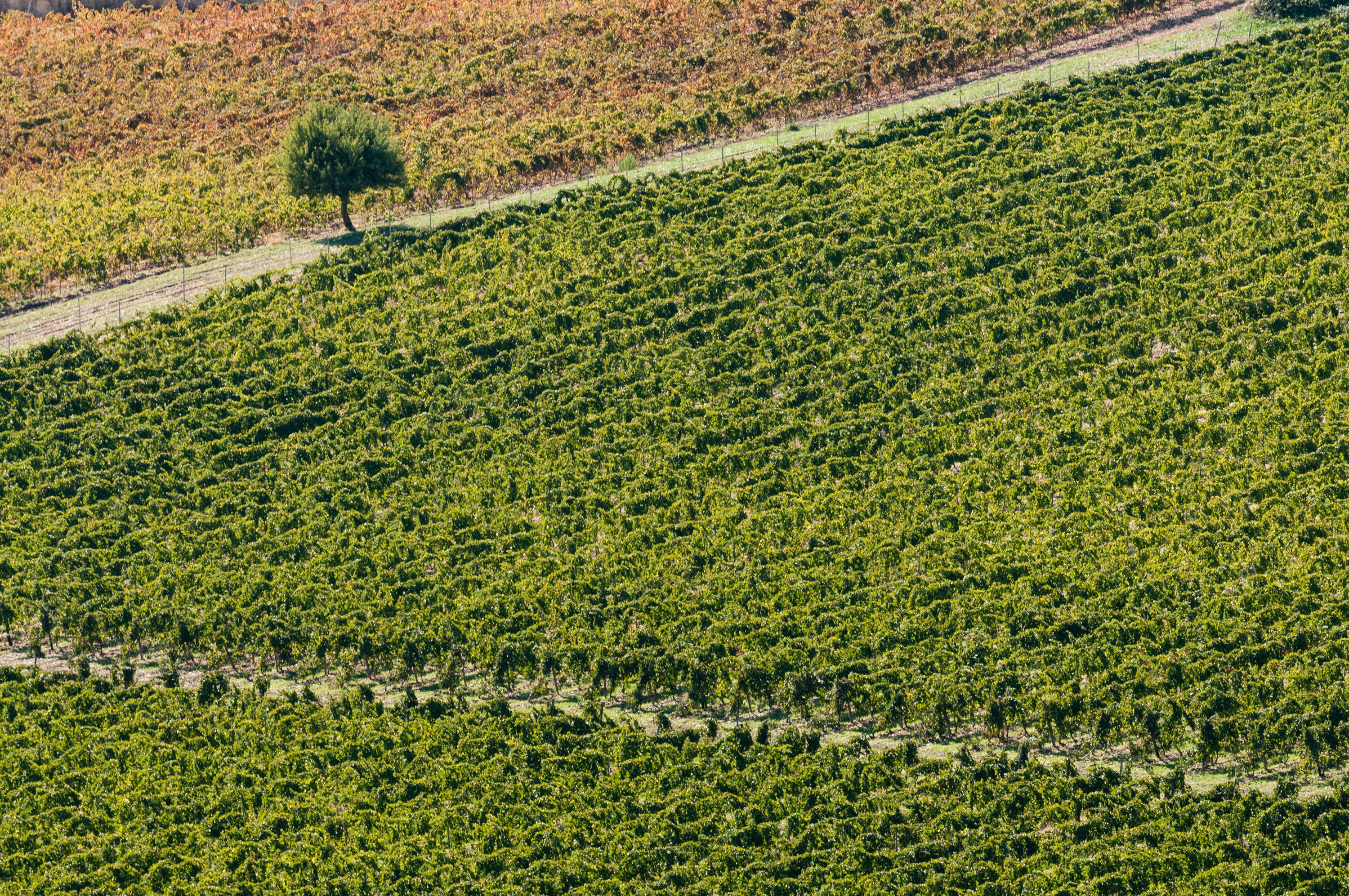The result was a superb vintage, the indigenous varieties are absolutely excellent. Syrah is just perfect: a dry and luminous vintage provided us with a superior quality. The other French varieties are intense and varietal; the Nero d'Avola, the part of La Segreta Rosso blend, is at its top.
The harvest began with a delay of about 10-14 days (August 17). Temperatures have increased markedly since August 20, while maintaining the proper level of humidity and avoiding dehydration and concentration of the fruit. Harvesting grecanico ended the last days of September.
A fine consistent harvest, thanks to an almost perfect summer and autumn. The healthiest grapes and the amount produced in line with recent years. The whites, thanks to a cool July and first half of August, are very well balanced and with exciting aromatic profiles, particularly the early varieties such as Chardonnay and Viognier. The reds have turned out very well particularly for the aromatic profile, definitely distinctive as to variety with bursting fruitiness. Our favourites from the harvest; Shiraz and Nero d’Avola but the other French varieties have also done well. The harvest at Sambuca di Sicilia was completed on 28th September with the Grecanico which offers elegance and balance.
Harvesting started on August 9, a little early compared to the five previous years. Thanks to the diminished yield the red French grapes, most of all Syrah and Cabernet Franc, were even better. This means great colour and great structure; the Nero d’Avola for instance displayed its magnificent fragrance to perfection.
The harvest here registered a sharp drop in production of the early varieties such as Chardonnay and Viognier, an amazing quality especially for Nero d'Avola and Syrah as well as Cabernet Franc, which are rich and varietal with an excellent tannic structure. The harvest was completed with the harvest of Grecanico, a variety that prefers drier weather. For this reason, the grapes are fully intact thanks to a climate free of moisture.
Beautiful white wines, produced by a cool and bright July and August. A richer Chardonnay without more alcohol. A super-aromatic Fiano and average Grecanico. The reds, Merlot and Cabernet, benefitted from a cooler harvest with a thick dense tannin structure, thanks to extended ripening. Syrah prefers a dry September and is rather less than excellent. Nero d’Avola is fresh and fruity as rarely before.
A great vintage for two perfectly combined reasons: a rainier spring than the average for the past ten years, especially in June, and therefore vines that face the summer stress-free, and a rain-free period of ripening of the grapes with July, August and September completely dry. To say the least, these are the ideal temperatures and quantity of light, with July cooler since 2004; on the contrary, the brightest September (since 2007) and, to best complete the ripening of the reds, the absolute hottest of the series analyzed. The perfect vintage!
A year which enhanced the indigenous varieties, particularly Grecanico, very aromatic, and a glorious Nero d’Avola with fruit, density and compact tannins as never before. Fiano is good, Chardonnay more consistent. Merlot and Syrah at their peak, thanks to the weather. The Cabernet is perhaps slightly rigid.
At Menfi in the south-west had little rainfall and temperatures slightly colder than 2015, followed by a beautiful spring with rain in March and showers generally, which prepared the vines well. The cooler summer with average temperatures between June and September being well below those of 2015 contributed to a fine harvest. The result has been aromatic and balanced white wines with Chardonnay, Grecanico and Grillo peaking in quality, and the big French reds with particularly dense and ample tannins thanks to long slow ripening. Nero d’Avola in particular, thanks also to the lower production, is very aromatic and colourful.

